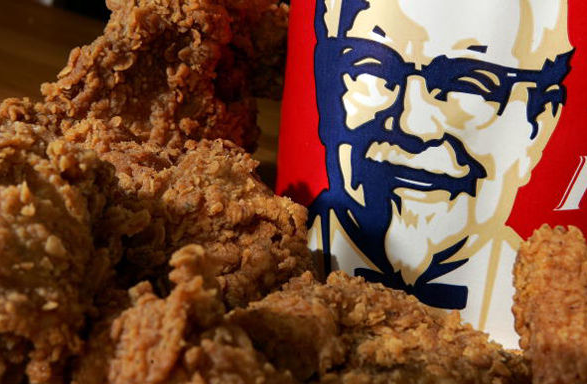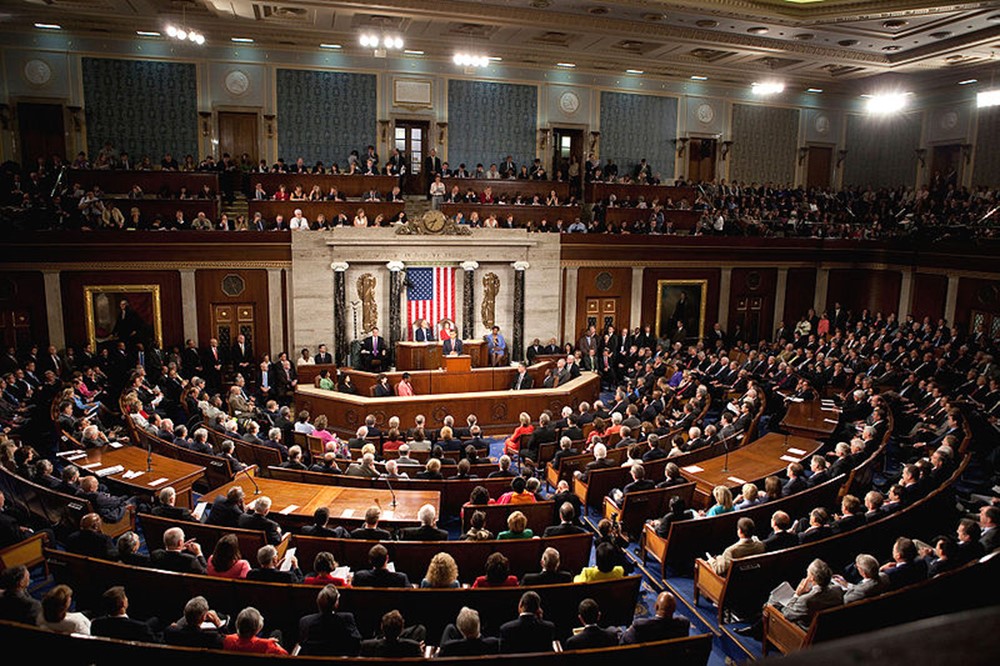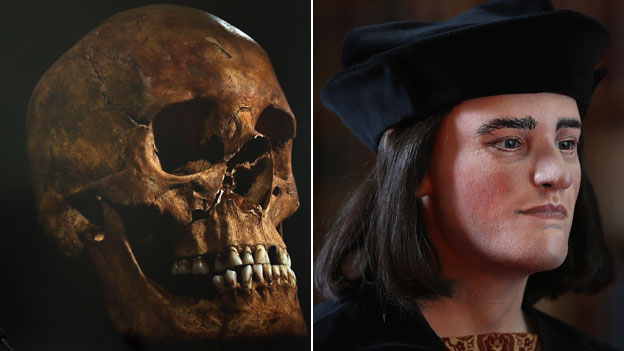Taking The Chicken Out Of KFC
February 11, 2013 in Daily Bulletin

KFC’s plans to expand into African countries are facing one big hurdle: chickens. Drew Hinshaw writes:
- Chicken farmers in Ghana don’t meet KFC’s professional standards and so chains are forced to import their chicken from other countries.
- However Ghana’s currency is depreciating which makes imports more expensive, menu prices higher, and sales lower.
- To cut costs KFCs in Ghana are encouraging patrons to use shito – a local hot sauce – instead of more expensive imported ketchup.
- Nigeria doesn’t allow the import of chickens. This has driven Nigerian KFCs to add fish to the menu.
- Kenya doesn’t allow chicken imports either. There is just one local supplier who meets the chain’s professional standards and they charge a large premium for it.
To read more about the struggles for KFC and what chain owners have to say about it, as well as why developing a professional domestic chicken industry will be difficult for African countries click here.
Source: The Wall Street Journal
Via: Marginal Revolution

















Join the Discussion! (No Signup Required)